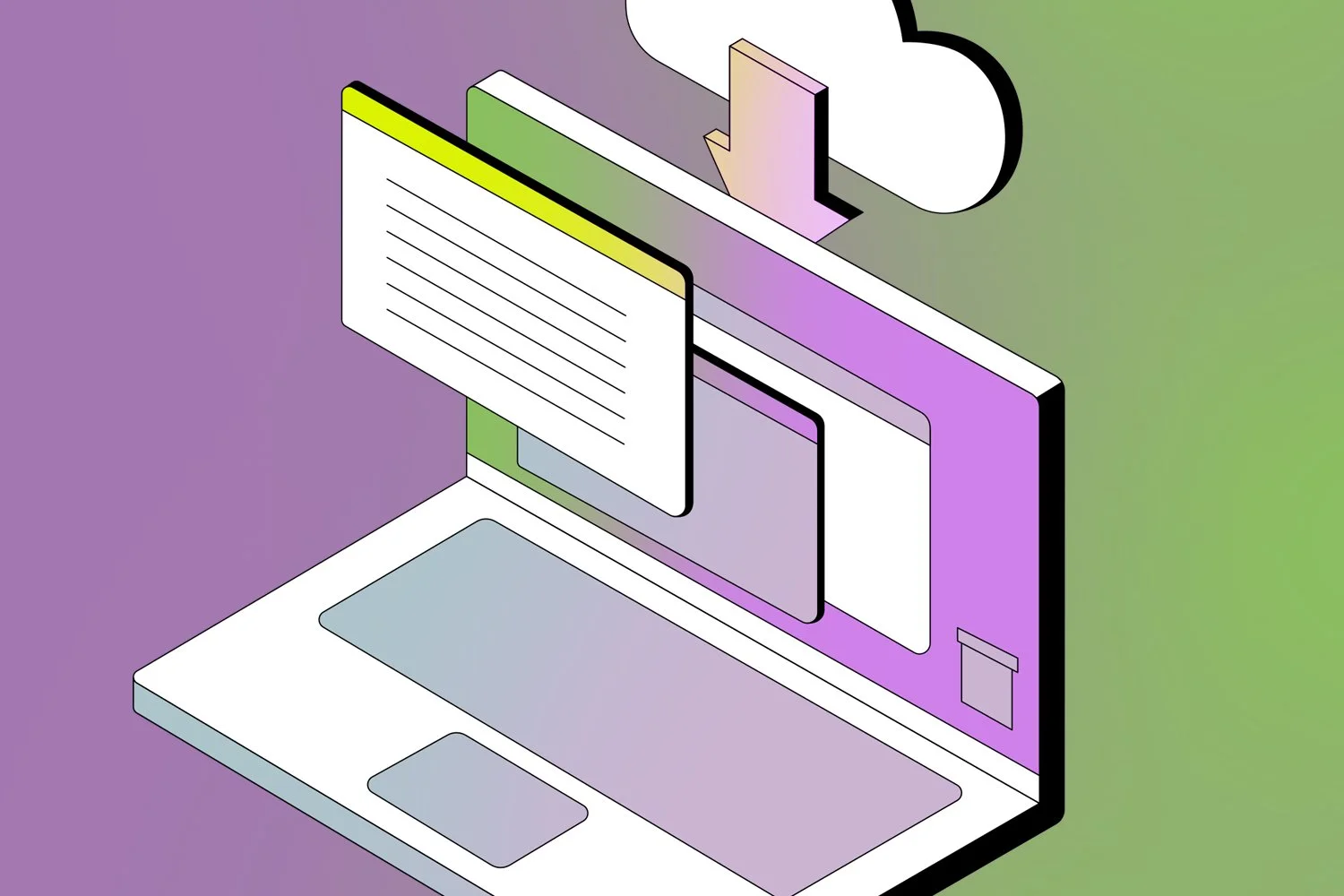The Importance of Reputable Software
Not all computer software is built the same. Whether it’s a productivity tool, photo editor, or something as simple as a new PDF viewer, the options are endless—and often free. But just because software is easy to access doesn’t mean it’s safe. Installing programs from unknown or untrusted sources can lead to serious consequences, including data breaches, identity theft, and permanent system damage. For individuals and especially businesses, particularly those in industries like healthcare and senior living, installing only reputable software is not just a best practice—it’s a crucial step in protecting your digital environment.
What Does "Reputable Software" Mean?
Reputable software refers to programs developed and distributed by trustworthy, well-established companies or developers. These applications are generally vetted through industry standards, receive regular updates, have strong user reviews, and are often featured on official app stores or well-known vendor sites. Examples include software from Microsoft, Adobe, Apple, Google and verified apps from the Apple App Store or Microsoft Store.
Unreliable software, by contrast, might come from unknown websites, be distributed via sketchy email attachments, or masquerade as helpful tools while containing malware. According to the cybersecurity firm Kaspersky, 25% of all malware is spread through pirated or cracked software downloads. This means that just by downloading an unofficial version of what seems like a legitimate app, you could unknowingly invite dangerous threats into your system.
The Hidden Risks of Installing Untrusted Software
One of the biggest risks of installing non-reputable software is malware—malicious software that can infect your computer in several ways. Malware can:
Steal sensitive information, such as passwords, financial data, and personal documents.
Turn your device into part of a “botnet,” a network of infected devices used to perform cyberattacks.
Install additional unwanted programs or open backdoors for future attacks.
Slow down your system substantially or cause it to crash completely.
According to a 2023 report from Symantec, 1 in 13 web requests leads to malware, and 1 in 36 mobile devices had high-risk apps installed. Often, these high-risk apps look like legitimate tools or utilities, but once installed, they gain access to your contacts, messages, photos, or location data.
In business environments, this risk becomes even greater. Systems often contain protected health information (PHI) or financial data, and even a single infected device can lead to a HIPAA violation or a data breach requiring public disclosure.
How to Identify Reputable Software
So how can everyday users—especially those who aren't IT professionals—know what’s safe to install?
Stick to Official Sources
Always download software from trusted sources such as official company websites or app stores (e.g., Microsoft Store, Apple App Store, or Google Play). These platforms scan for known vulnerabilities and remove malicious content regularly.
Read Reviews and Check Publisher Info
A quick search can reveal if a software has a poor reputation. Look for reviews on tech sites like CNET, TechRadar, or PCMag. You can also check who developed the software—well-known developers are more likely to be trustworthy.
Watch for Red Flags
Avoid any software that:
Asks for unnecessary permissions (like a calculator app asking for access to your camera).
Has excessive ads or popups.
Uses generic names or mimics the name of a popular app.
Comes bundled with other software you didn’t ask for.
Use Antivirus and Endpoint Protection
Good antivirus software will scan downloads and flag anything suspicious. Business-grade solutions go further by actively monitoring applications after they’re installed to detect abnormal behavior.
Keep Systems Updated
Even the most reputable software can have vulnerabilities. Keeping your applications and operating systems up to date ensures you’re protected with the latest security patches.
The Role of IT Support in Software Decisions
For businesses—especially those without in-house IT teams—it’s easy to lose track of who’s installing what on company devices. This is why many organizations rely on managed IT service providers like Safe Harbor Solutions. These providers control software deployments, enforce security policies, and ensure all applications meet strict industry and regulatory standards.
According to a 2024 Gartner report, companies that use centralized software management are 60% less likely to suffer from a malware incident related to unauthorized software. It’s a compelling reason to bring in IT professionals who can set up systems that prevent employees from downloading software without approval.
A Final Point
While downloading and installing software might seem harmless, the risks of installing something from a sketchy source are real. The consequences can be expensive, disruptive, and damaging to your reputation.
The extra few minutes it takes to verify software before installation is nothing compared to the hours, days, or even weeks it could take to recover from a bad decision. When in doubt, ask an expert—and always err on the side of caution.


